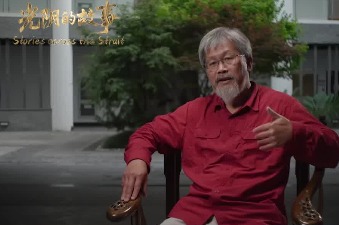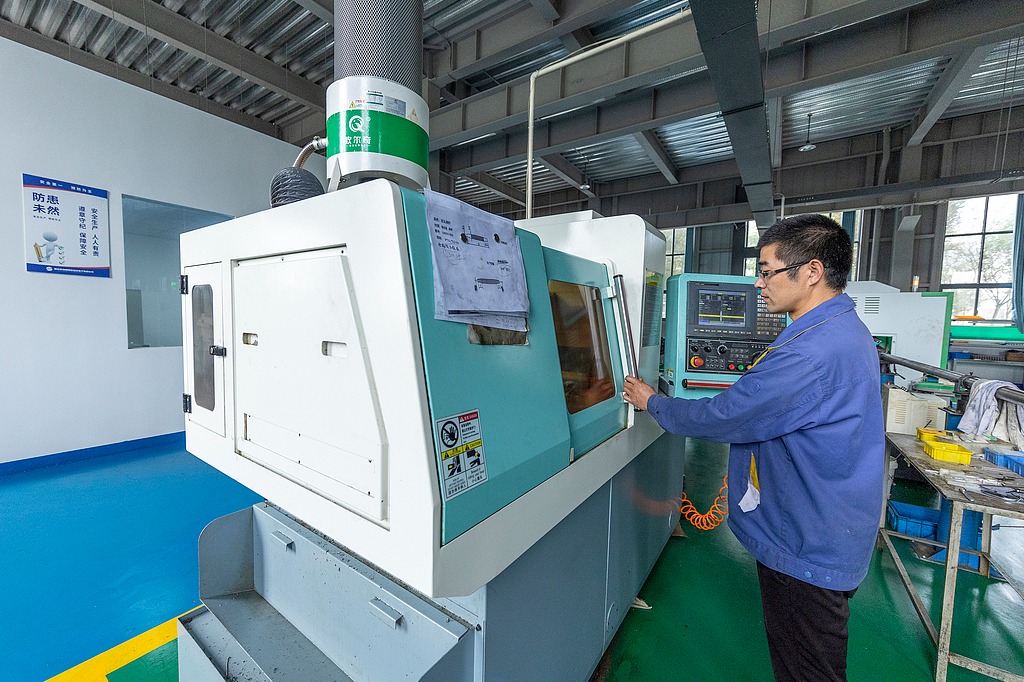New life in Turpan's dead zones

Rich tapestry of old, new cultures on ancient and emergent routes
The Easter Bunny shows how the ghost towns in China's westernmost incarnations are being reincarnated as international attractions, and evoke the merits of multiculturalism, which propelled their prominence, and the perils of intolerance, which forced their falls.
The Easter Bunny came to town - specifically an ancient ghost town in the Xinjiang Uyghur autonomous region.
When the day celebrating the resurrection of Jesus coincided with the Chinese Tomb Sweeping Day in April, our 3-year-old scoured Yar's ruins for candy-packed plastic eggs stashed by a pagan hare.
It dawned on us that the fact we staged the egg hunt in the dead city of Yar shows how its ancient position as a multicultural Silk Road nexus is breathing new life into its international appeal.
It wove the narrative thread hemming Turpan's rich tapestry of past and present cultures along the ancient and emergent routes.
The site's past multiculturalism sired the city that lured us there.
And we contributed to its revived internationalism by observing our foreign festival among its remnants. Chinese unacquainted with the egg-stashing custom gawped.
The bunny - a symbol of birth adopted by Christians when they co-opted the pagan equinox tribute to the fertility goddess Eostre - that day played by two nonreligious parents from the United States, celebrated the festivals' confluence by stashing eggs (shamanic fecundity totems) in a massacred city's Buddhist cave temple.
The mythical cottontail did so when two distinct lunar calendars collided so Easter coincided with the Chinese festival hailing from the ancient ancestral worship linked to folk religions, Buddhism, Taoism and Confucianism.
That is, in a now predominantly Islamic swathe where Manichean and Nestorian beliefs previously prevailed.
Yar was a global village before the term existed, but intolerance made it a mass grave.
Its heterogeneous composition propelled prosperity for 1,600 years.
Then Islamic Mongolian conquerors incinerated Yar to enforce religious homogeny.
This left what Hungarian-British archeologist Aurel Stein a century ago called "a maze of ruined dwellings and shrines carved out for the most part from the loess soil".
Stein's depiction remains apt.
This early legacy attracts a growing plethora of modern peoples from further afield - even US nationals.
Europeans didn't "discover" the "New World" for nearly a century after Yar was decimated.
But their ancestors (in this case, our family) have since zipped the other way across the planet to this westernmost strip of the Far East. And not just to hide eggs.
Thus, Turpan's ancient ghost cities of Yar and nearby Qocho are being reincarnated and repopulated by a multiplying diversity of sojourners.
These ancient trade hubs were vital nodes of the 5,000-kilometer Tianshan Silk Road corridor that linked China with modern Kazakhstan and Kyrgyzstan. Today's Turpan is poised to become a central nexus of the embryonic Silk Road Economic Belt.
eriknilsson@chinadaily.com.cn
| The ruins of the ancient city of Yar in the Xinjiang Uyghur autonomous region's Turpan became a UNESCO tourist attraction last year. Photos by Erik Nilsson |
| An ethnic Uygur villager rests in Turpan's ancient Tuyugou Valley, where a nascent tourism industry is taking root. |
| The Turpan Museum's displays exhibit not only the region's history but also its prehistory. |
(China Daily USA 07/10/2015 page5)
Today's Top News
- China condemns US $330m arms sale to Taiwan
- Root causes behind Takaichi's provocative remarks alarming for all
- China to maintain pressure on Japan over PM's Taiwan comments
- Free trade zones incubators for nationwide policies
- US scholar: China's 15th Five-Year Plan charts path to future
- Coding the law for smart governance

































